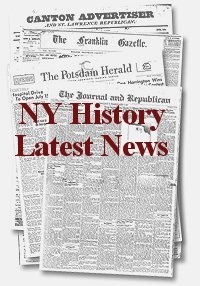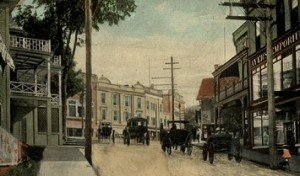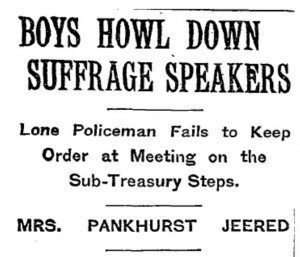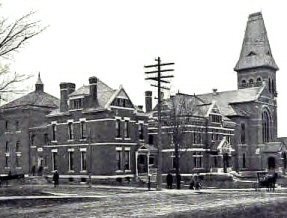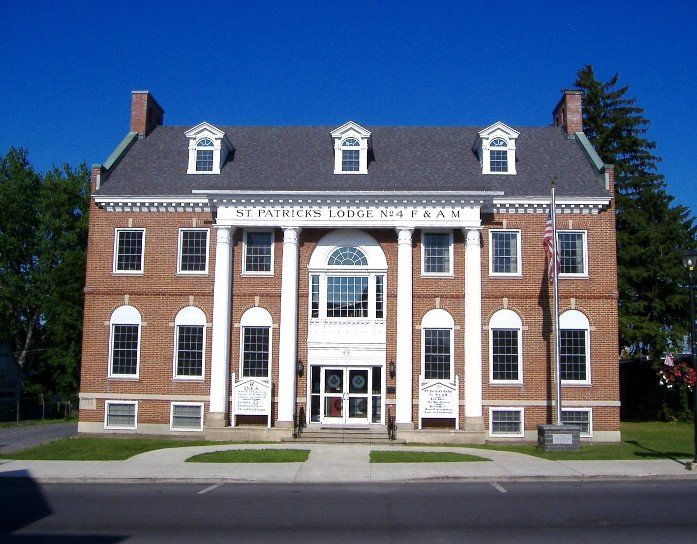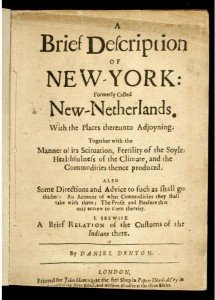 In 1670, New York had been New York for just six years—the name changed to honor the Duke of York when English forces seized control of the Dutch colony. But the city was open for business, and many back in Europe were curious about this center of trade across the Atlantic, open in the midst of the Age of Exploration.
In 1670, New York had been New York for just six years—the name changed to honor the Duke of York when English forces seized control of the Dutch colony. But the city was open for business, and many back in Europe were curious about this center of trade across the Atlantic, open in the midst of the Age of Exploration.
Daniel Denton was a town clerk in Jamaica, Long Island, and from 1665-1666 served as justice of the peace for New York. He returned to England briefly in 1670, where he composed this pamphlet, “A Brief Description of New-York,” aimed at encouraging English settlers to come to the New World. Read more
